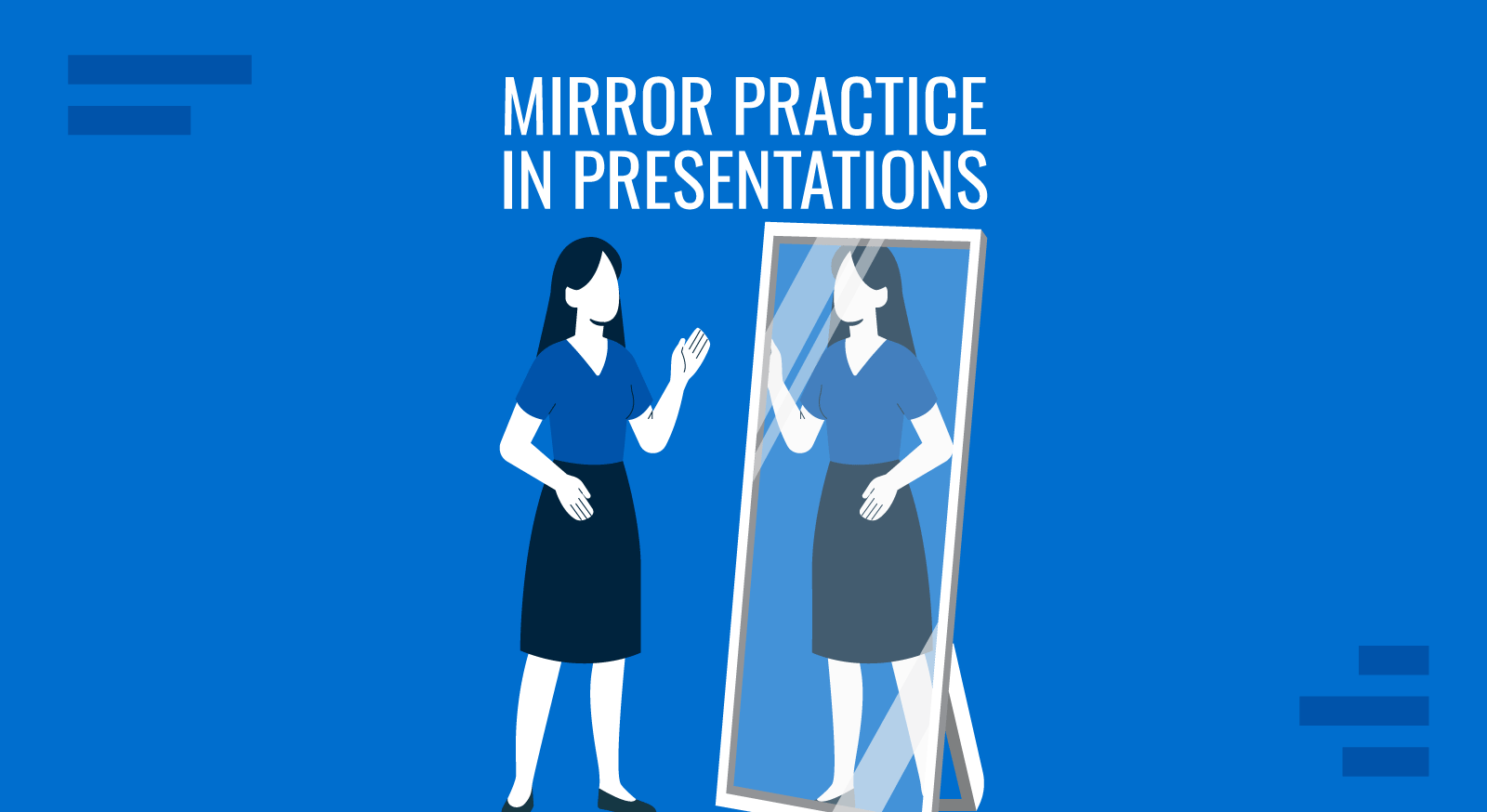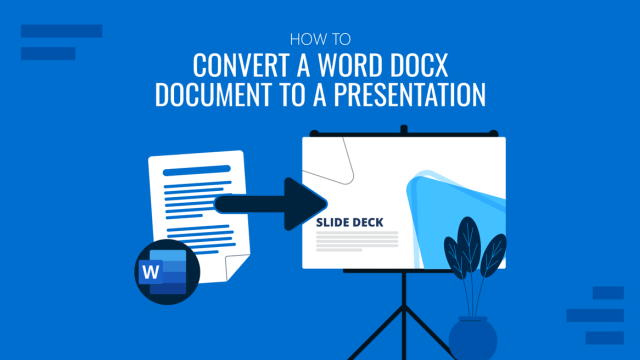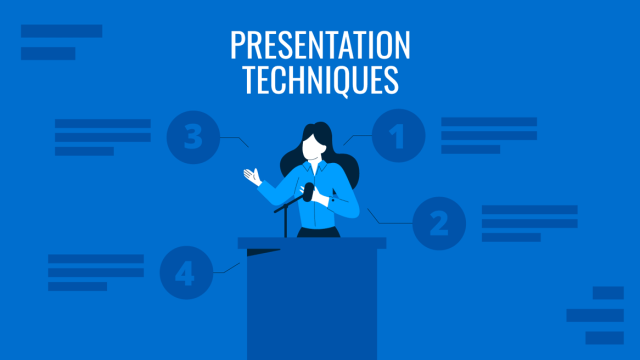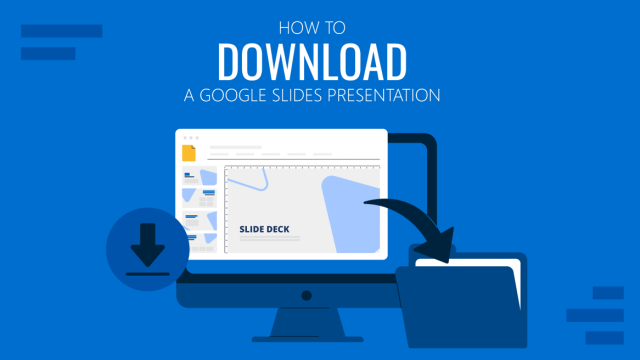
Content isn’t the only variable in public speaking; how you deliver it can make or break a presentation. Mirror Practice is the technique of rehearsing in front of a mirror or recording device to observe your posture, tone, and delivery in real time. The purpose is simple: it creates a feedback loop where you become both speaker and audience, able to self-correct before stepping on stage. Too many presenters prepare their words but never their presence. Mirror Practice closes that gap, ensuring your body language and voice support your message rather than distract from it.
Just like a pause can strengthen a sentence, reflection can sharpen delivery. Looking at yourself as you present isn’t vanity, it’s discipline. By seeing what your audience sees, you remove blind spots and replace them with self-awareness.
Why Self-Observation Strengthens Delivery
When you rehearse without feedback, mistakes often go unnoticed. Maybe your shoulders tighten, your gaze drifts, or your tone falls flat. The audience will notice, even if you don’t. Mirror Practice interrupts this cycle. It forces you to witness your own habits in real time.
Cognitive research shows that feedback loops accelerate skill improvement. By acting, observing, and adjusting, speakers encode stronger habits. For example, watching a recording helps you hear whether your pace is rushed or monotonous. The process works like spoken editing: you trim filler words, regulate gestures, and polish tone before it reaches the crowd.
Actors, politicians, and voice trainers have long relied on mirrors and playback. The reason is apparent: performance goes beyond what you see; it’s about what the audience perceives. By training yourself to align the two, you raise your overall presence.
How Mirror Practice Feels to the Presenter
The first challenge is discomfort. Few people enjoy watching themselves on camera or in the mirror. At first, you may cringe at your voice or posture. Think about each time you heard a recording of yourself and struggled to recognize your own voice. Yet this is the point: discomfort is data. The very behaviors that feel awkward to you are often the same ones that weaken your stage presence.
Over time, the awkwardness shifts to clarity. You begin to notice that small changes, such as standing taller, lowering your shoulders, and slowing your pace, create a visible transformation. Just as athletes review game footage, presenters start to see their strengths and patterns clearly. The more you practice, the less foreign your own image feels, and the more natural self-correction becomes.
Recommended lecture: Body Language for Presentations
When and How to Use Mirror Practice
Mirror Practice is most effective in three situations:
- Before delivering an opening: Record or rehearse your first 60 seconds to check posture, eye contact, and confidence. The opening sets the tone.
- When rehearsing key transitions: Watching yourself ensures you don’t lose energy or clarity when moving between sections.
- After feedback from others: If a colleague says you speak too fast or look distracted, mirror rehearsal provides immediate evidence and correction.
The guideline is simple: in public speaking, if you want the audience to notice something positive, test it first in the mirror or on video.
Linking Mirror Practice with Professional Coaching
Mirror work is powerful on its own, but when paired with expert insight, it multiplies. Acting coaches often advise practicing lines in front of a mirror to sync voice and body. Voice trainers suggest recording playback to hear where the tone flattens or sharpens. Both emphasize reviewing posture as a foundation: a straight spine and open stance project confidence, no matter what words are spoken, as in the Power Position.
You can also create a Rehearsal Feedback Sheet with checkboxes for posture, pacing, gestures, volume, and eye contact. After each run, mark where you succeeded and where you drifted. This transforms vague impressions into measurable progress.
Final Words
Mirror Practice allows you to step outside of yourself and observe as the audience would. Hence, you close the gap between intention and perception. Each rehearsal builds self-awareness, each playback strengthens control, and each correction enhances delivery.
With time, Mirror Practice stops feeling like a drill. It becomes a habit, woven into your preparation process. The result is a speaker who doesn’t just know their content but owns their presence; projecting confidence, clarity, and authenticity every time they step up to present.


